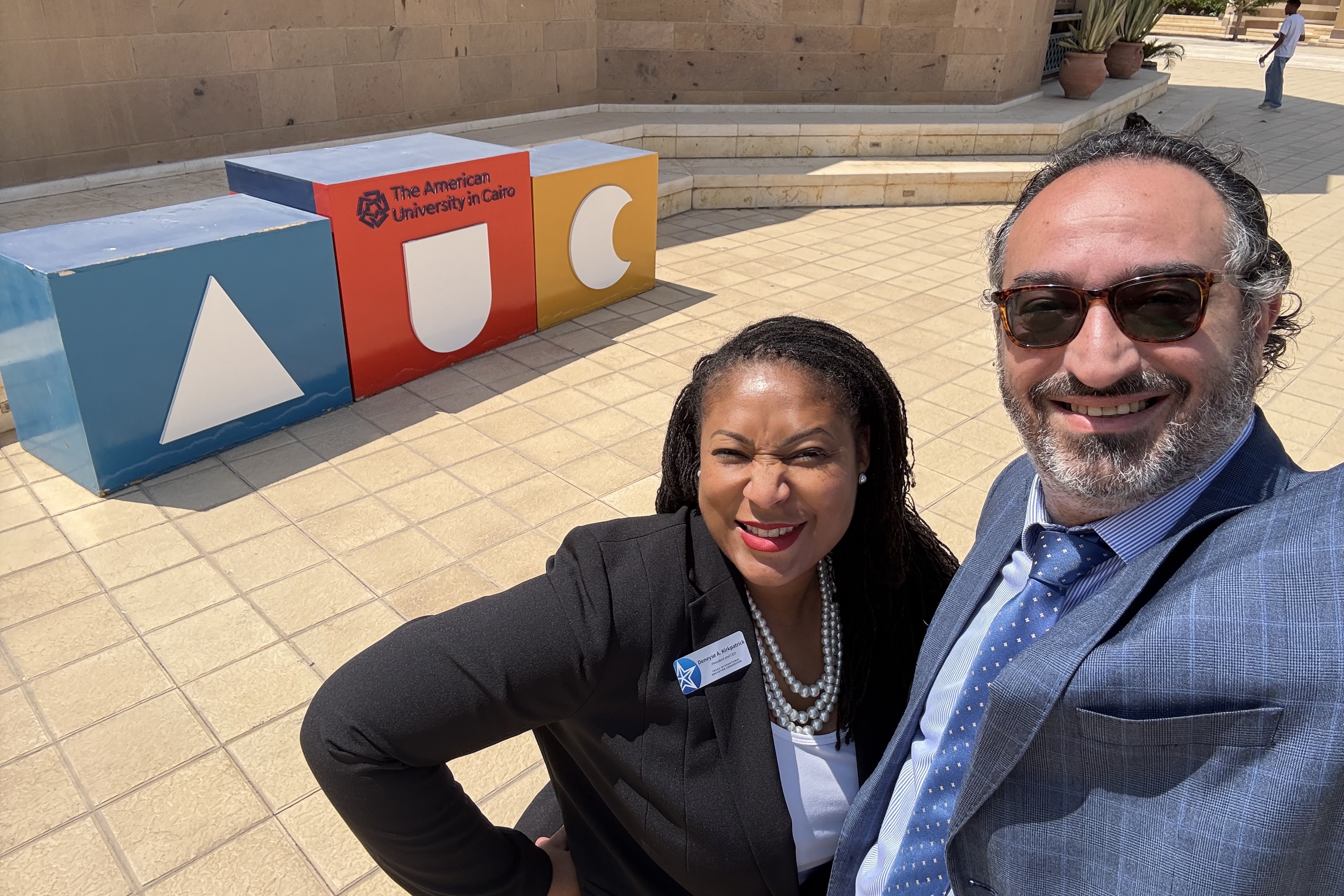On the Ground and In Demand
What I learned during my recent trip to MENA about why Texas institutions are global partners of choice
Deneyse A. Kirkpatrick
In June, I had my first opportunity to travel abroad on behalf of TIEC. I visited Egypt and Saudi Arabia, both countries with longstanding relationships with our consortium and now home to TIEC affiliate members. Representing TIEC abroad was my first chance to hear directly from current and potential international partners about where TIEC—and Texas higher ed overall—can offer value to institutions and communities abroad.
Throughout my trip, one thing was clear: interest in engaging with U.S. higher education institutions (HEIs), particularly those in Texas, remains strong. From thoughtfully prepared briefings to warm welcomes by our friends and partners in both countries, I was reminded that, while day-to-day headlines can paint a different picture, the desire to connect with Texas higher education hasn’t budged.
Campus Visits and Strategic Conversations in Saudi Arabia and Egypt
TIEC’s affiliate member, the King Abdullah University of Science and Technology (KAUST), graciously hosted me in Saudi Arabia. As a graduate research university that frequently is ranked among the top STEM destinations in the region, I was eager to meet with university leaders from across the campus. From virtual exchange to joint research opportunities, curriculum development and review, we found many areas to potentially deepen engagement with our Texas institutions.

In Jeddah, I also had the opportunity to visit the University of Business and Technology (UBT), touring the state-of-the-art facilities, including impressive studios dedicated to film, radio, and television production. UBT, under Dr. Waem Bin Hassni Tunsi’s leadership as university president, now leads the Kingdom in promoting gender equality, with his focus on both female student enrollment and female faculty members. We explored shared interests in entrepreneurship, global engagement, and expanding access to international experiences for students. Beyond campus visits, I met with key government and education leaders, including the Saudi Ministry of Education, to learn more about the Kingdom’s evolving higher education landscape and discuss where Texas institutions can play a role.
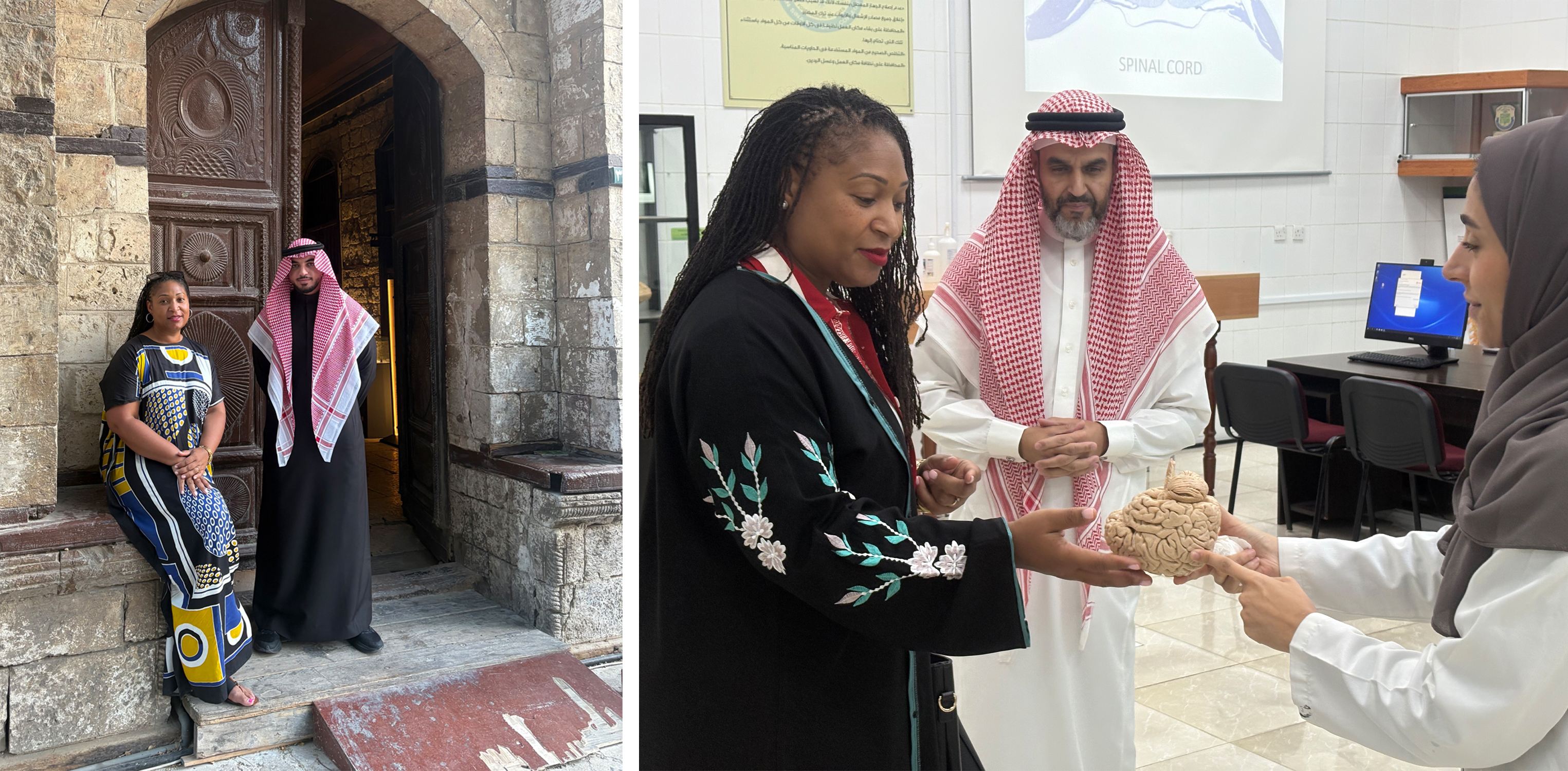
In Cairo, I had the chance to meet with several of TIEC’s members and partners in Egypt, including The American University in Cairo (AUC), Badr University (BUC), Galala University (GU), New Giza University (NGU), and El Sewedy University of Technology (SUT). Each visit offered a unique glimpse into how these institutions are deepening their international connections and investing in student-centered innovation. BUC and GU’s collaborations with TIEC over the years around healthcare remains strong and I was pleased to explore the possibilities of further joint efforts. It was energizing to see how TIEC’s members and friends in Egypt are shaping regional conversations around quality, access, and global collaboration.
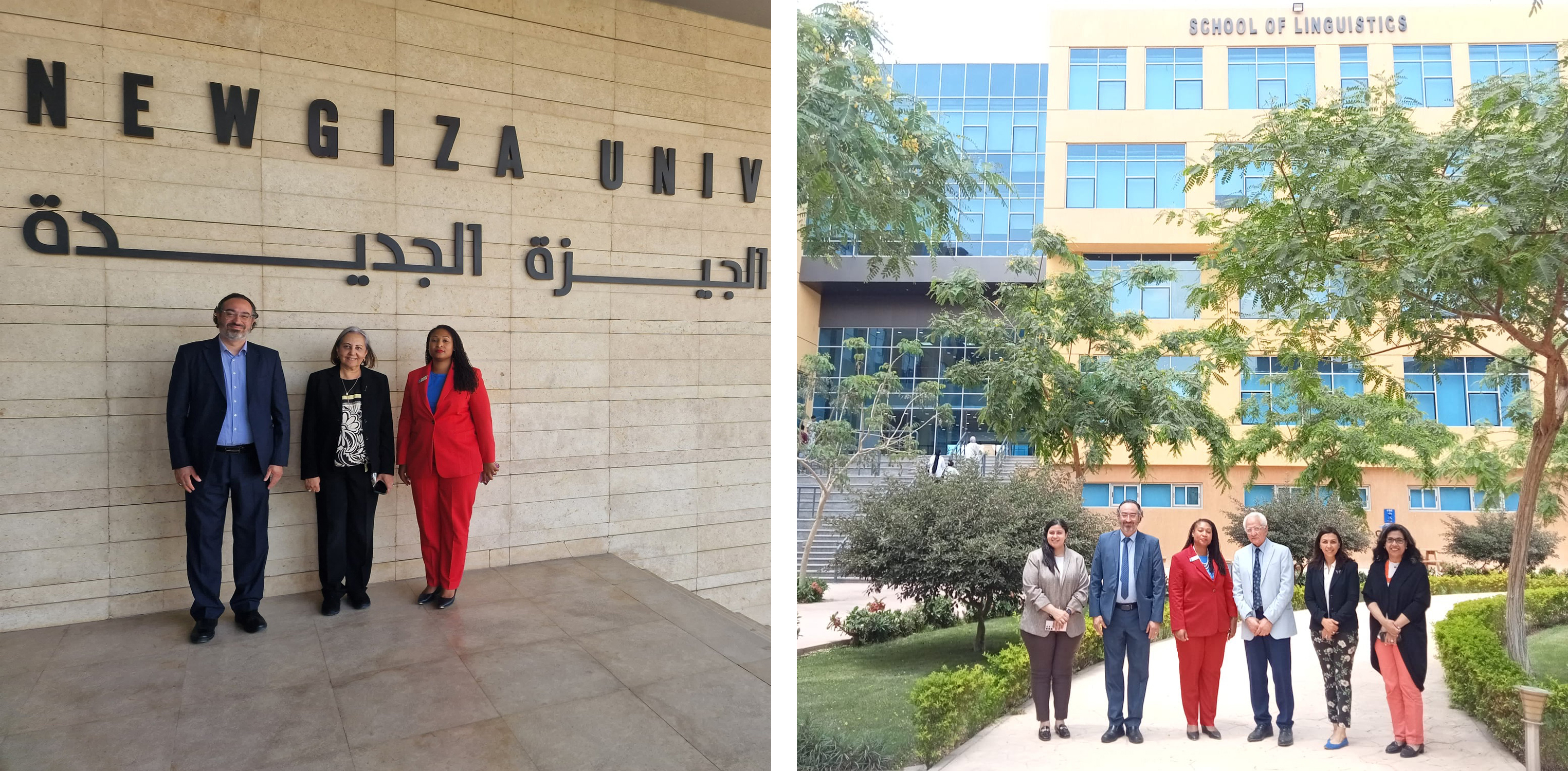
Signals from the Region: Priorities for Partnership
For our Texas HEIs looking to engage, it’s helpful to understand the demographic needs of students in this region, as well as the goals for internationalization for our members and potential partners in both countries.
Many of the universities I visited serve student populations who are balancing academics with work or family responsibilities and seeking flexible, career-relevant options. This has made short-term programs especially appealing, as they offer international experience without requiring extended time away. Though semester-long study abroad holds less appeal, dual-degree programs that award credentials from both local and U.S. institutions are drawing strong interest. Institutions are also eager to connect with knowledgeable collaborators to support them as they develop programs that will make their students competitive on both regional and global stages.
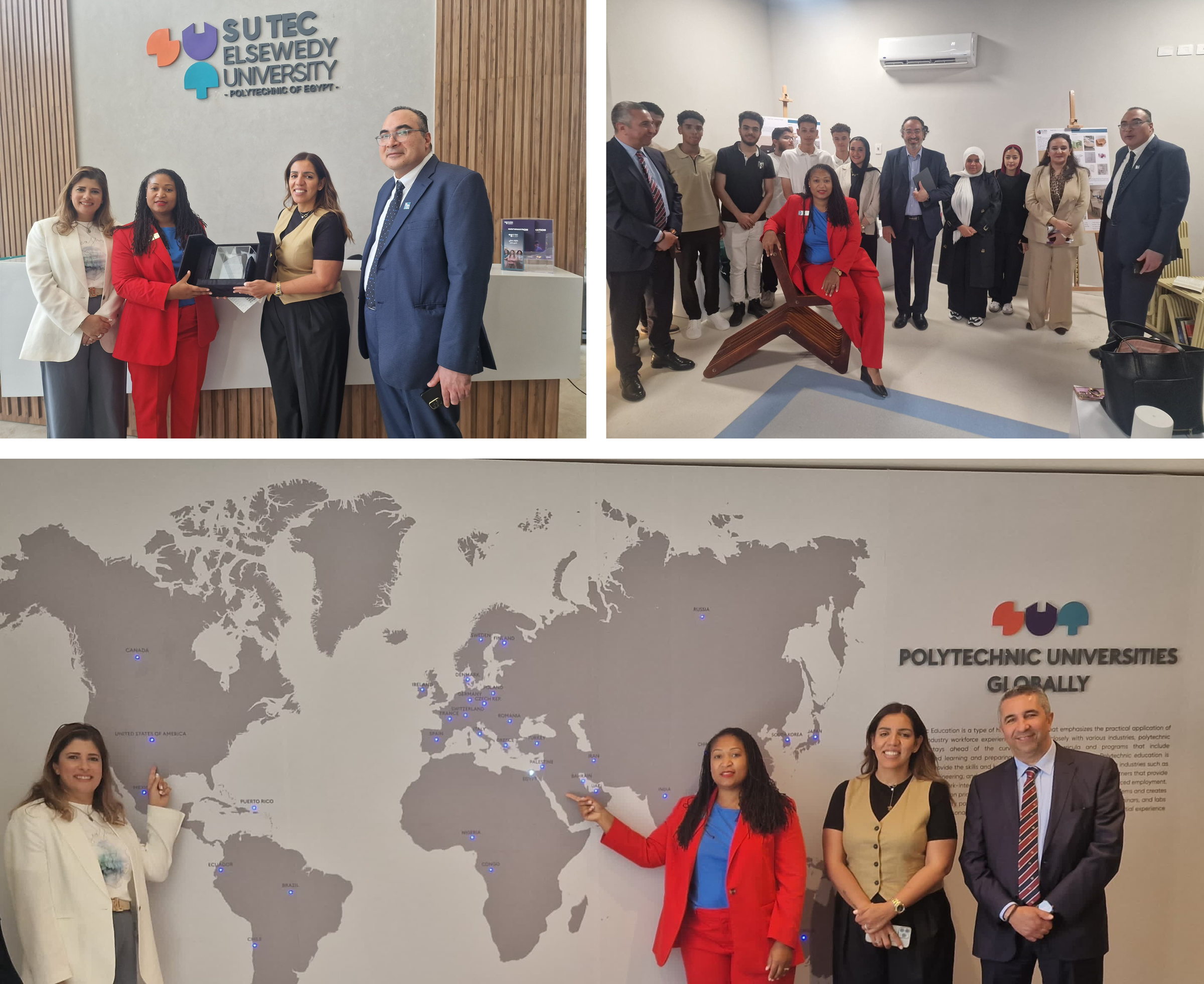
What stood out most was how clearly these institutions see themselves as future-facing hubs—not only for their countries, but for Asia and Africa. From AI and cybersecurity to engineering and workforce development, they’re building out impressive infrastructure at a remarkable pace, with many campuses less than a decade old. What’s emerging is a more comprehensive vision for internationalization—one that values reciprocal faculty exchange, collaborative academic programs, and long-term institutional partnerships as much as student mobility. Institutions want to collaborate with American faculty to share diverse expertise and support faculty development efforts, while working together on curricula that meet global standards.
Each school I met with is committed to preparing students to be competitive in a rapidly evolving global workplace—and working to build academic and institutional capacity to do so. Partnerships are a key way to achieve those goals and offer lots of potential for our consortium.
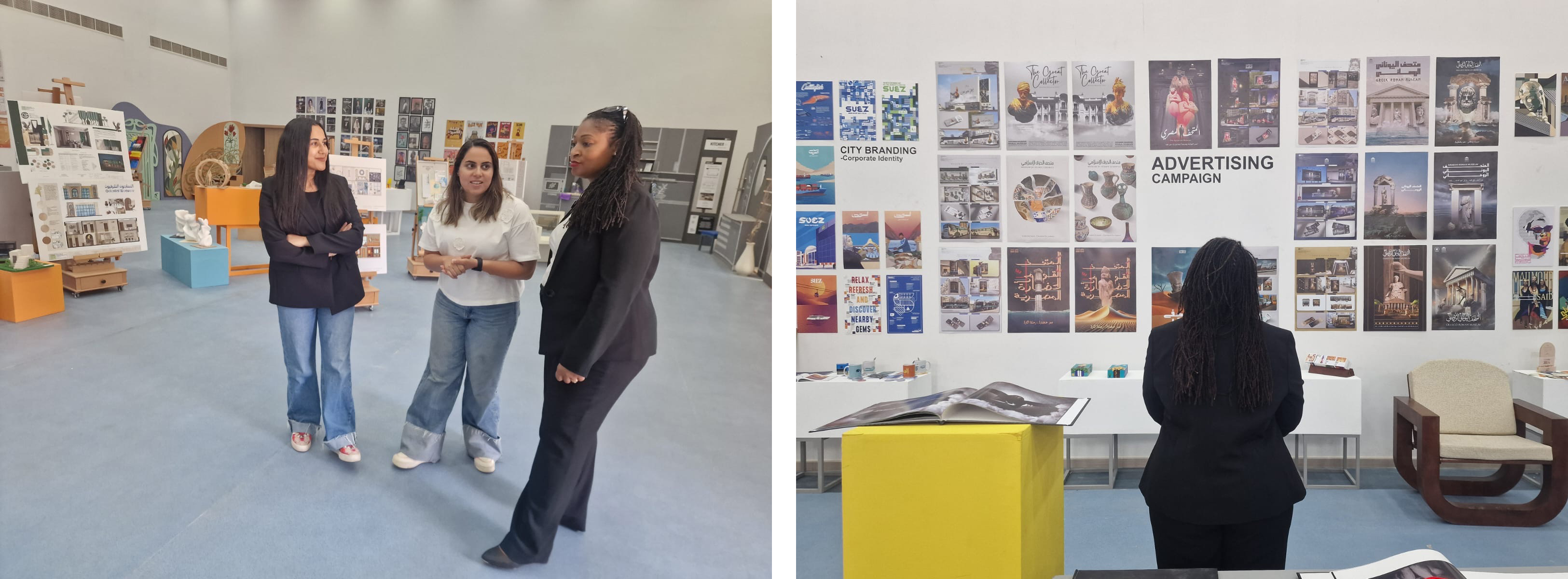
TIEC: A Shortcut to a Rich Landscape of Higher Ed Partnerships
When I talk with people abroad, one of the first things I highlight is the sheer number and array of HEIs in Texas. Whether that’s a community college focused on technical skills for workforce development—or one of many large, research-driven institutions that move the needle forward in energy, technology, or health breakthroughs— Texas offers an incredibly rich ecosystem of potential partners. That said, to outsiders looking to collaborate, knowing where to start can be a challenge. TIEC offers a gateway to find the right partners for the right project.
At TIEC, our job is to make those connections faster, easier, and more impactful for our Texas members and our international affiliates alike. Whether it’s launching dual-degree programs, setting up short-term training initiatives, or facilitating faculty exchange, we bring the full power of our diverse higher education network to the table. As we saw again and again on this trip, Texas leaves a lasting impression: many of our international colleagues studied here, and their enthusiasm for reconnecting with Texas institutions was personal and deeply felt.
This trip was a great start. In the coming months, I’m excited to announce more details of what comes next but in the meantime, I’m encouraged that the appetite to build connections is strong. It is clear that this moment is defined by all parties widening the definition of international higher education. The work ahead is as much about knowledge sharing as it is creating and building the next generation of scholars to tackle emerging challenges. TIEC is honored to play an active role to connect so many institutions doing incredible work.
